Products >> Alumina Ceramic >>
Alumina ceramic ring
- Product No.:ALC 20180804
- Type:Alumina ceramic
- Feature:High temperature/corrosion resistance
- Material:99.8% alumina ceramic
- Colour:Ivory white
- Production Process:Dry pressing / high temperature sintering / precision machining / surface polishing
- Detail:Used for equipment parts, solar parts, semiconductor parts.
- MOQ:5pcs
- Brand:Seamark ceramic
Alumina is a ceramic material with high thermal conductivity, compressive strength, and thermal shock resistance. It also has a low thermal expansion, making it a suitable material for furnace use in crucible, tube, and thermocouple sheath form.
Alumina is high hardness and good wear resistance, making it a suitable material for ball valves, piston pumps, and deep drawing tools. In addition, it can be easily combined with metals and other ceramic materials using brazing techniques and metallizing.
Alumina crucibles can be used under high temperature and do not contaminate most melten metals.
Alumina Ceramic Applications:
• Used for equipment parts, solar parts, semiconductor parts.
• In traditional industries, alumina ceramics are ideal for products such as injector tubes, gas nozzles and insulators.
• Used as a material for industrial furnaces due to its ability to maintain its hardness at high temperatures.
• Used as protector for high temperature thermal couples.
• Used as a material for chemical industry due to its high corrosion resistance.
Typical properties for common materials of alumina plates
|
Composition |
UNIT |
Alumina 95% |
Alumina 99.5% |
Alumina 99.8% |
|
AL2O3 content |
% |
96 |
99.5 |
99.8 |
|
Color |
|
White |
Ivory |
Ivory |
|
Tensile strength |
Kpsi |
32 |
38 |
36 |
|
Flexural strength |
Kpsi |
52 |
55 |
54 |
|
Compressive strength |
Kpsi |
300 |
377 |
350 |
|
Density |
g/cc |
3.70 |
3.90 |
3.92 |
|
Hardness |
HV, GPa |
13.8 |
17.2 |
18 |
|
Thermal Conductivity |
W/(m K) |
25 |
30 |
30 |
|
Coefficient of thermal expansion |
In / In°C (x10^-6) |
7.7 |
7.8 |
7.8 |
|
Working temperature |
°C |
1500 |
1650 |
1750 |
|
Dielectric Constant |
|
9.5 |
9.7 |
9.8 |
|
Volume Resistivity (25°C) |
Ohm-cm |
>10^14 |
>10^14 |
>10^14 |
Products Category
Contact Us

Name: Linda Huang
Tel: +86-512-66255075
Fax: +86-512-66255030
Mobile: +86-18550512237
E-mail: [email protected]
Skype: smkceramic
MSN: [email protected]
QQ: 836574060
WeChat: 18550512237
Whatsapp: 8618550512237
Add: 11-8 Xiangshan Li,No.8 Gucun Road,Xukou Town,Wuzhong district.Suzhou City,China.
 CHINESE
CHINESE ENGLISH
ENGLISH


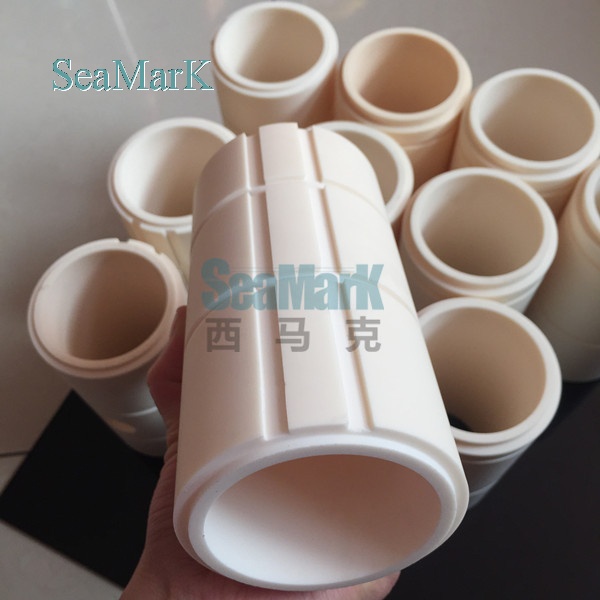
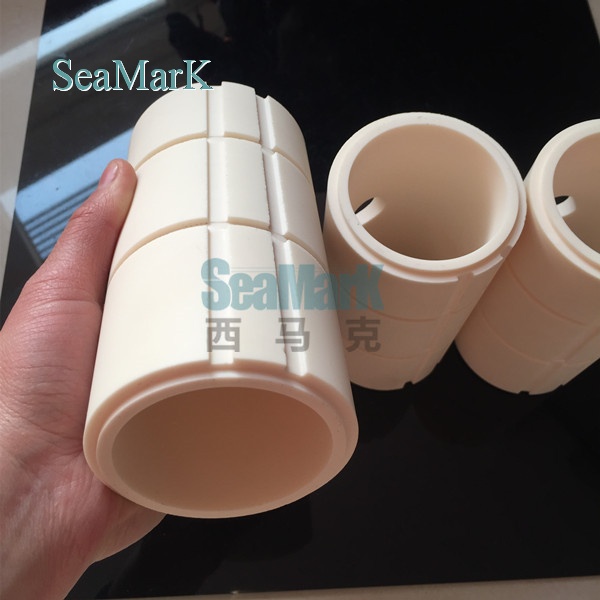
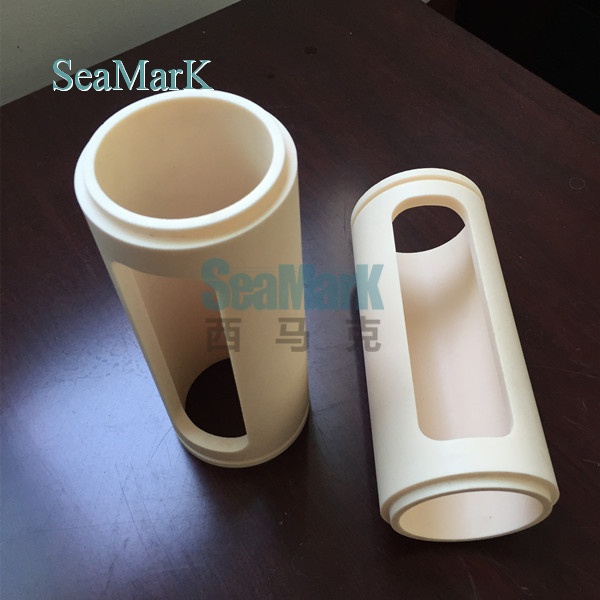




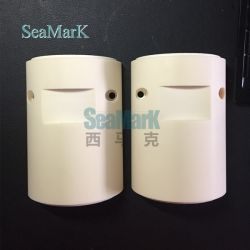
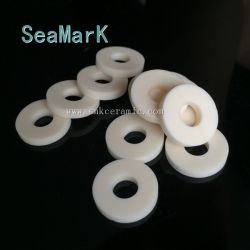
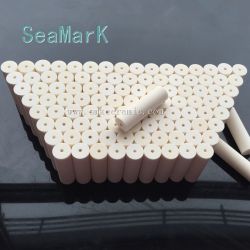
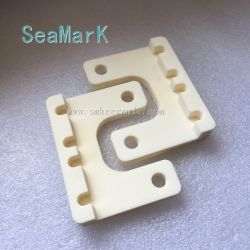
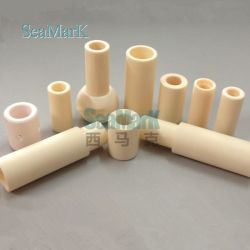
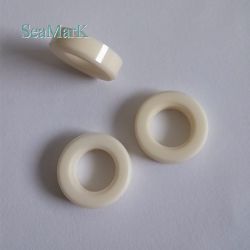
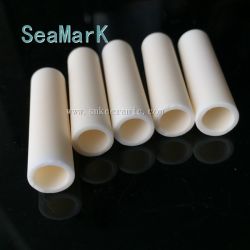






 Skype Chat
Skype Chat WhatsApp
WhatsApp  Mail inquiry
Mail inquiry QQ online
QQ online